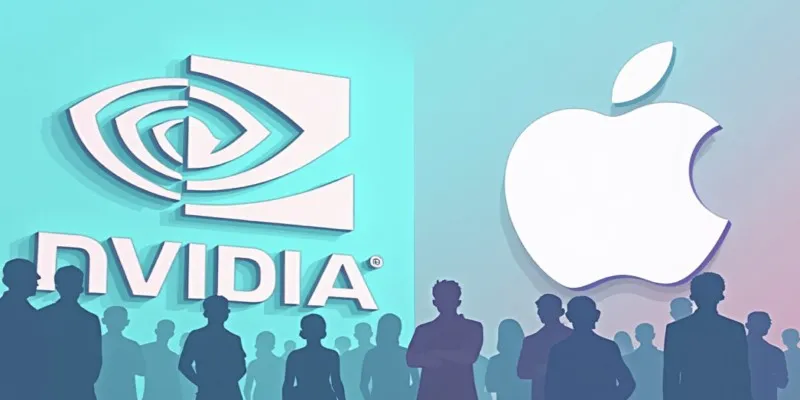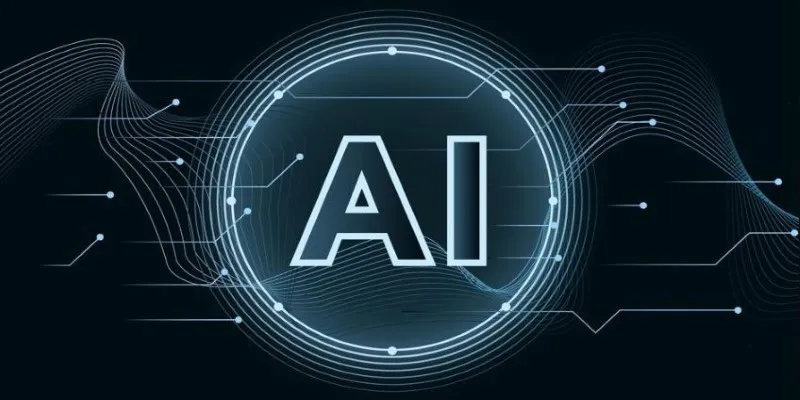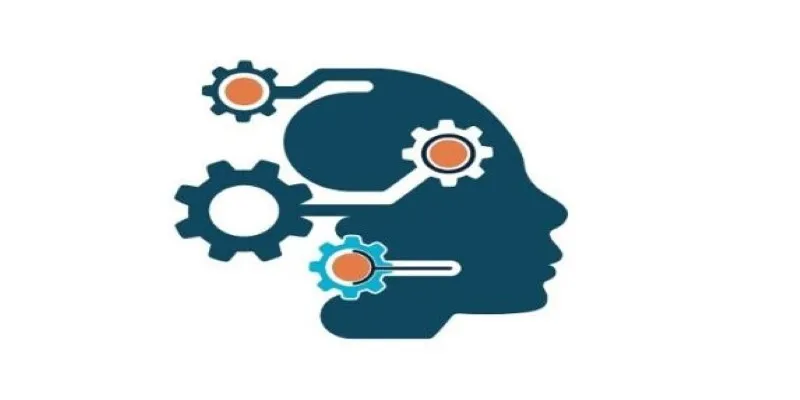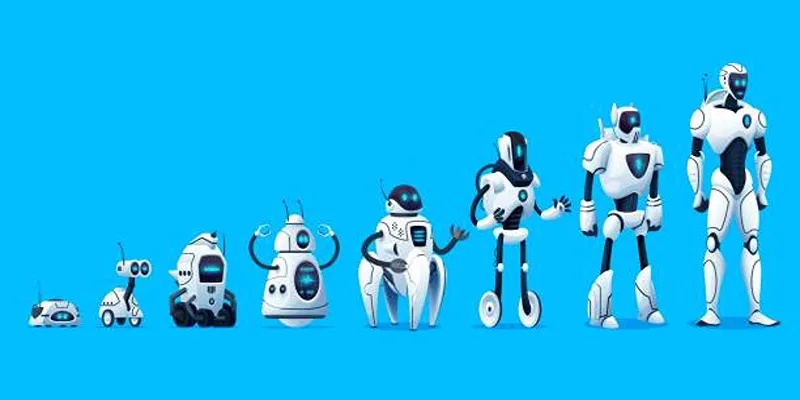Artificial intelligence continues to reshape our daily lives in unexpected ways. Two recent developments highlight the breadth of AI’s impact. Nvidia has acquired an Israeli AI startup for $700 million, signaling a strategic move toward enhanced AI infrastructure. Meanwhile, a Chinese automaker plans to introduce humanoid robots on its assembly lines, inching closer to fully automated manufacturing. These events showcase contrasting applications of AI—one focused on cognitive tasks and the other on physical labor—reflecting a broader shift in technological and industrial paradigms.
Nvidia’s $700 Million Investment in Israeli AI Innovation
Nvidia’s acquisition of the Israeli AI startup emphasizes its expanding focus on artificial intelligence beyond graphics processing. The startup, reportedly named Run:ai, excels in optimizing AI workloads on data center hardware. This optimization is crucial, as even the most advanced AI models can be hindered by inefficient computing resource usage.

Run:ai’s orchestration tools dynamically distribute workloads, minimizing idle time and ensuring that high-cost GPUs are always engaged in meaningful tasks. For Nvidia, a leader in the GPU market with a strong presence in data centers, this acquisition strengthens its position as more than just a hardware supplier. The company aims to provide comprehensive solutions, offering both chips and the software to manage them at scale.
The acquisition also underscores the growing value placed on software that smoothens large AI system operations. Data centers hosting AI workloads often waste energy and capacity due to poor resource allocation. Integrating Run:ai’s technology enables Nvidia to offer improved performance without additional hardware, appealing to cloud providers and enterprise clients focused on cost control as they expand their AI capabilities.
For Israel’s tech scene, the deal highlights its rising status as a hub for AI innovation. Israeli startups are increasingly developing practical AI tools for industries like healthcare, cybersecurity, and data center management. The Nvidia acquisition may catalyze further investment and talent influx into similar companies in the region.
Humanoid Robots Enter the Car Factory
In China, a major automaker announced plans to deploy humanoid robots on assembly lines. These robots, developed by a Chinese robotics company, are designed to perform tasks traditionally handled by human workers. While industrial robots have been part of car manufacturing for decades, humanoid robots add a new dimension by fitting into human-oriented environments without extensive factory redesigns.

The robots feature two arms, a torso, and legs, allowing them to walk, bend, and grasp objects similar to humans. Initially, they will undertake repetitive tasks such as seat installation, bolt tightening, and parts movement. Over time, the manufacturer aims to train them for more complex roles.
This move signifies the maturity of humanoid robot technology, which has long struggled to transition from research labs to real-world applications. Advances in sensors, AI, and mechanical engineering have made these machines more reliable and adaptable. For automakers, humanoid robots offer greater flexibility than traditional industrial robots, which are typically stationary and specialized for singular tasks.
Labor shortages in some Chinese regions further incentivize automation. As younger workers shy away from factory jobs, manufacturers seek ways to sustain production without relying solely on human labor. Humanoid robots present a viable solution, though their current investment cost remains higher than hiring human workers. As technology becomes more affordable, it could transform factory operations.
Broader Implications for AI and Robotics
These stories illustrate a broader trend: AI is no longer confined to software. It increasingly integrates with robotics, logistics, and infrastructure to address physical-world challenges. Nvidia’s acquisition aims to enhance virtual processes’ efficiency, while the Chinese automaker introduces AI-driven machines to production lines.
In both cases, the objectives are enhanced efficiency and flexibility. Nvidia targets inefficiencies in computing that waste energy and time, while the Chinese automaker addresses labor supply and factory operation inefficiencies. Both demonstrate AI’s potential to optimize existing resources, whether they are computer servers or factory floors.
These trends also pose social and economic questions. On one hand, they promise higher productivity and the possibility of relieving humans from repetitive or exhausting work. On the other, they raise concerns about job displacement, changing skill requirements, and who benefits from these technologies. Manufacturing workers may worry about job loss due to robots, while skilled workers capable of operating, maintaining, and programming these machines may find new opportunities.
For companies, the stakes are high. Businesses effectively implementing these technologies can gain a competitive edge, while those who delay risk falling behind. Nvidia’s move reinforces its leadership in the AI domain, and the Chinese automaker’s decision may influence other carmakers’ approaches to automation.
Conclusion
Nvidia’s $700 million acquisition of an Israeli AI startup and a Chinese automaker’s introduction of humanoid robots underscore AI’s transformative impact on digital and physical industries. Nvidia’s shift from hardware to software optimizes AI infrastructure, while Chinese factories leverage humanoid robots for tasks traditionally performed by humans. These advancements reflect AI’s crucial role in enhancing efficiency and altering workforce dynamics. As AI progresses, businesses and employees must adapt to new working methods where intelligence—whether from machines or people—drives value creation and competition across sectors.
 zfn9
zfn9



















